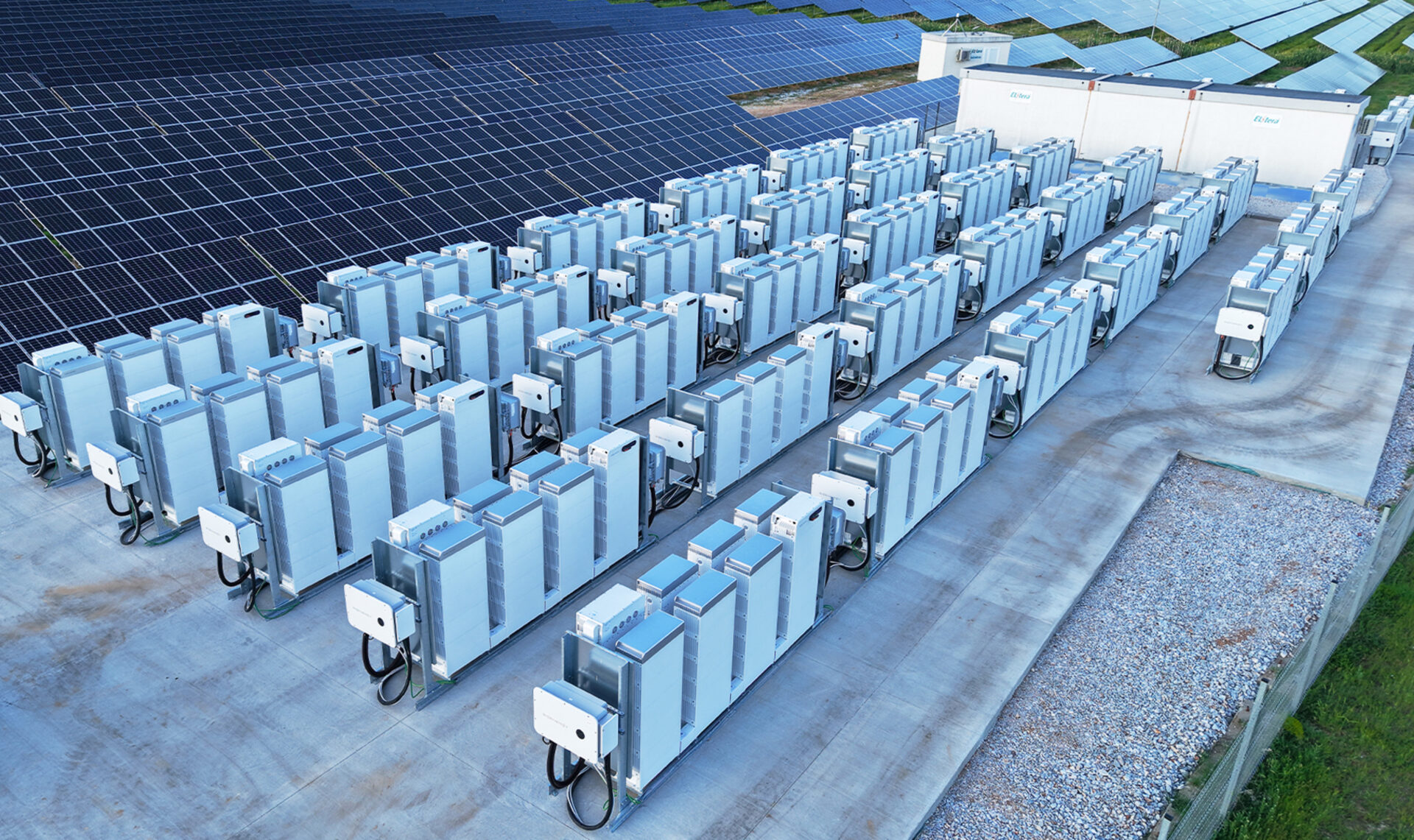Photo Credit: Andrey Metelev, Unsplash
After almost a decade at the editor in chief at pv magazine global, I put my freshly-minted freelance journalist hat on and approached the new online source covering the energy transition, Latitude Media, to see whether the publication would be interested in a piece about distributed energy “orchestration” programs. In particular, I suggested an exploration of the findings from Project EDGE in Victoria and Project Symphony in Western Australia, which were publicly-funded programs – meaning the findings should be publicly available.
The editors liked the pitch and the story was green lit.
And then events interceded, as invariably they do.
On Feb 13, a big power outage befell the state of Victoria. Over 500,000 homes were left without power. While heat and wild winds were the causes behind the toppling of transmission lines, distributed solar was very much a part of the discussion (and vigorous debate) surrounding the event. Notably, distributed energy was lauded as part of the solution towards the creation of a resilient system—rather than as the villain, as it had been cast in years previous.
It was my hope that the takeaways from a globally-focused story would still resonate with a US and international readership, as these kinds of weather events continue to grow in scale and frequency, and distributed energy resources become more crucial to avoiding widespread power failure.
A big thank you to the brains who provided me with their insightful analysis into the Australian electricity market and renewables: Bruce Mountain, David Dixon, and Tristan Edis.
This was my first freelance journalism piece for many years, and Latitude's editor Lisa Martine Jenkins proved a wonderful collaborator on the project and exacted a final piece I am quite proud of.
Check it out for yourself here.




